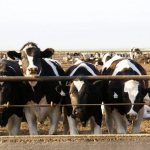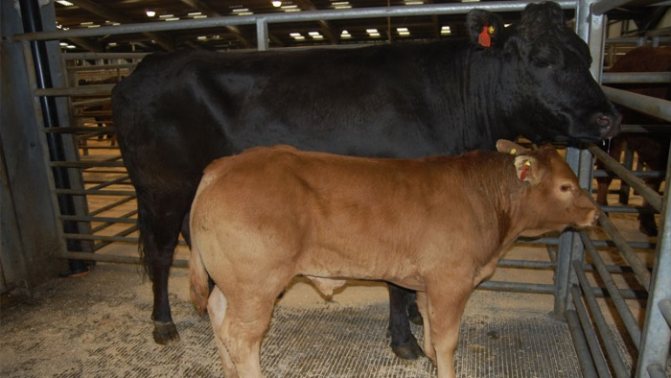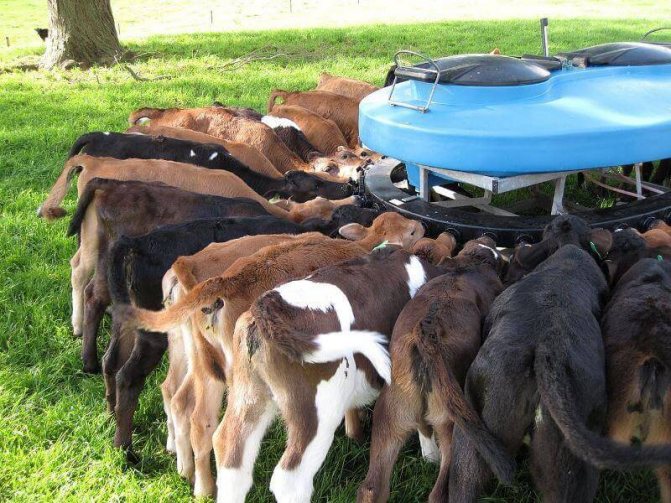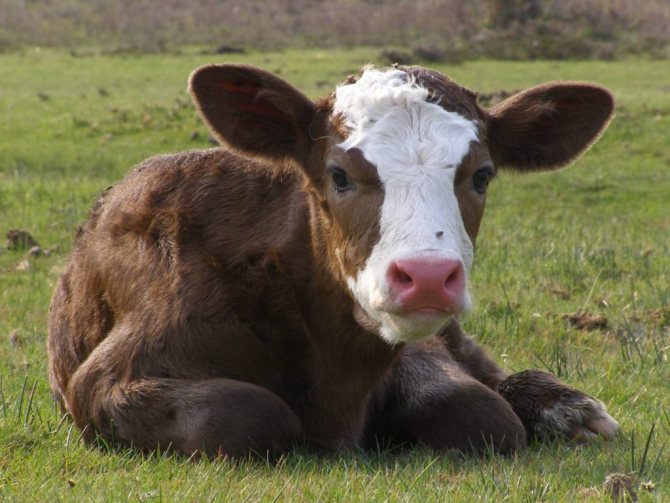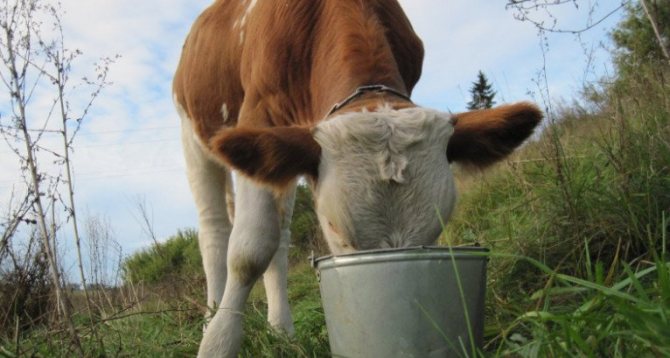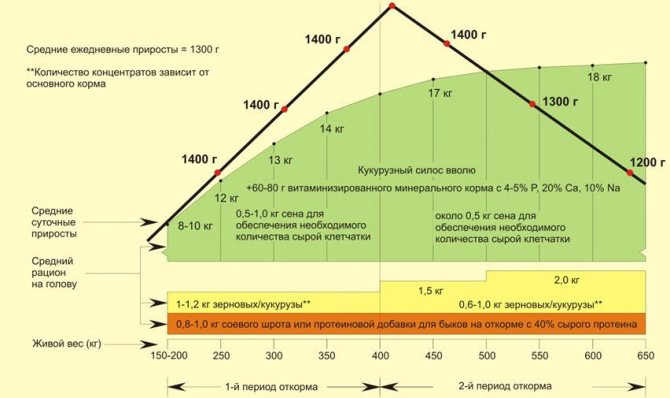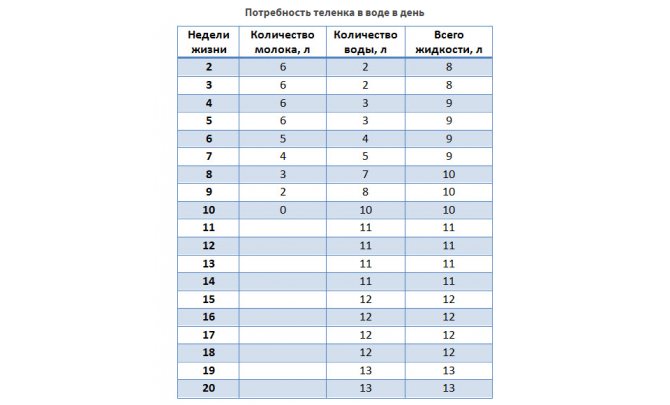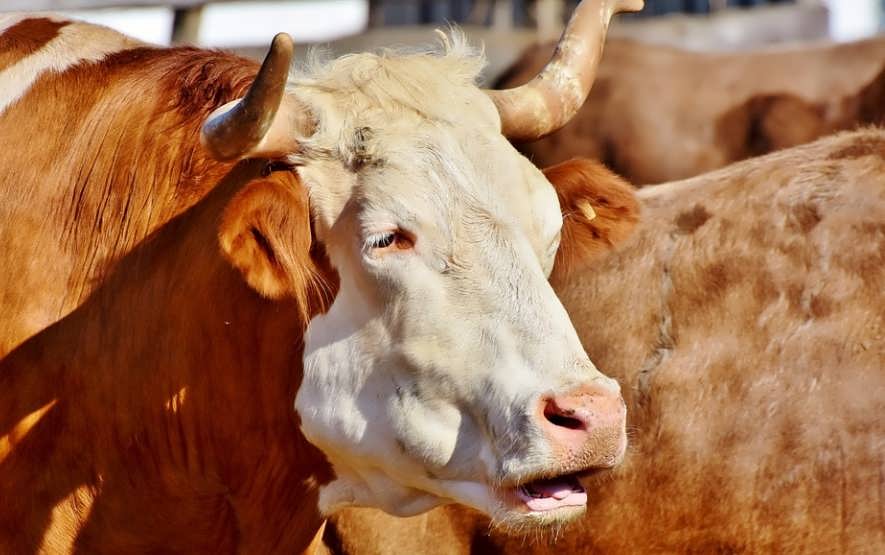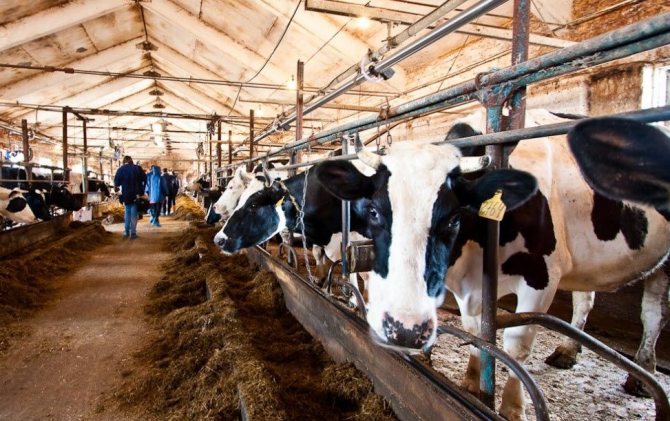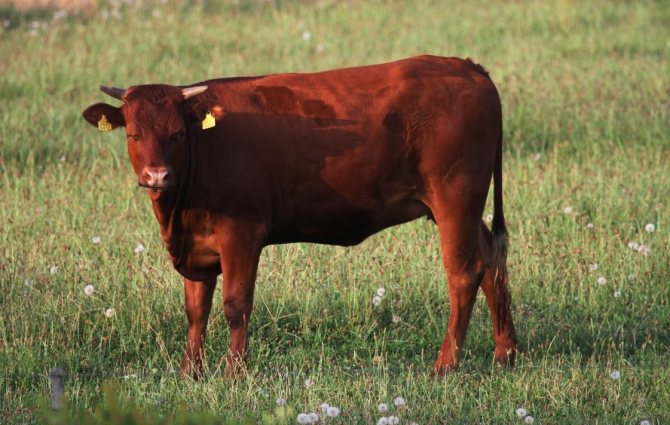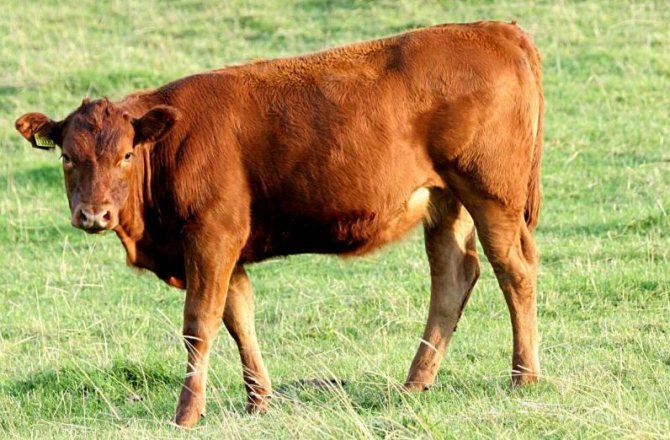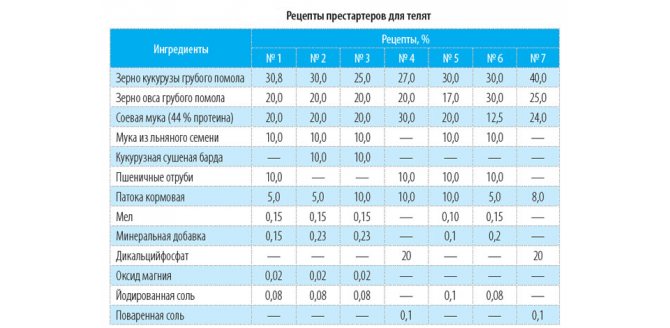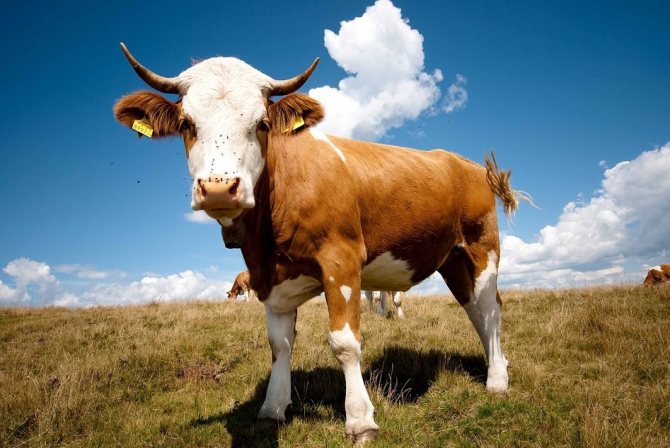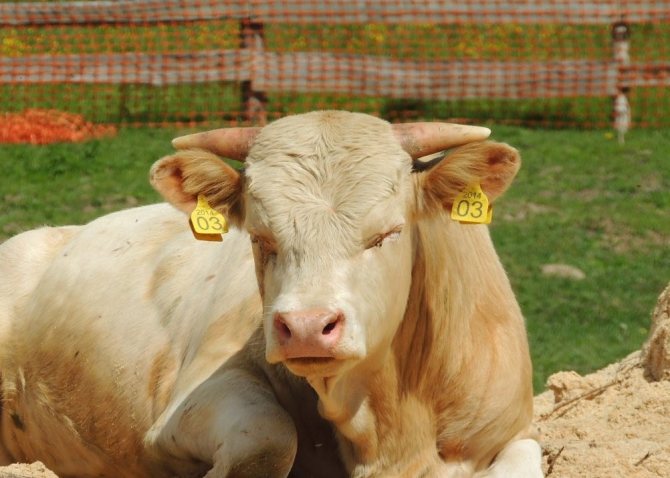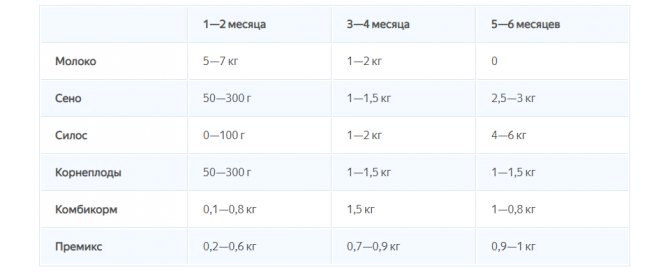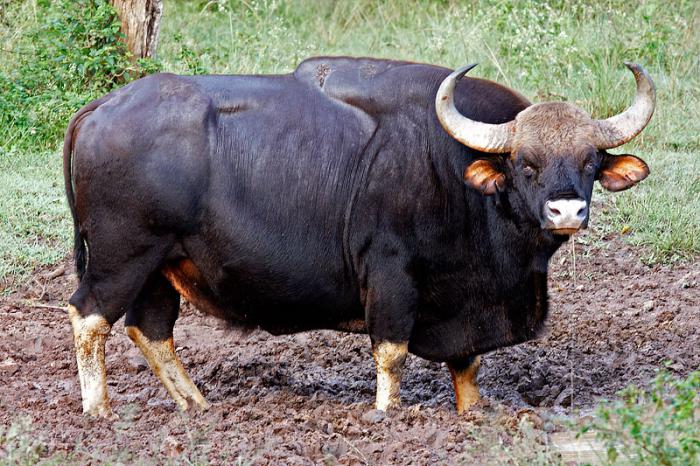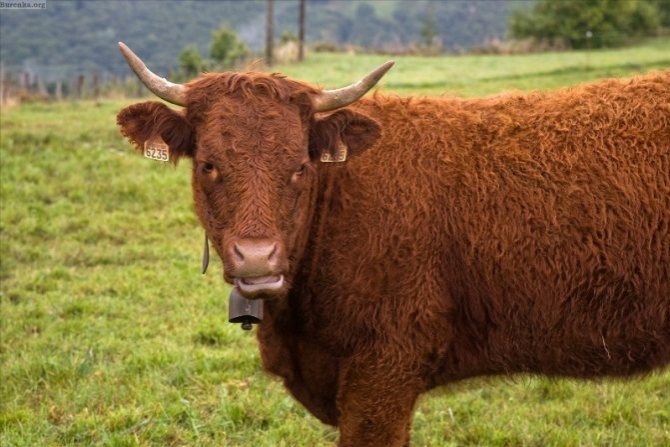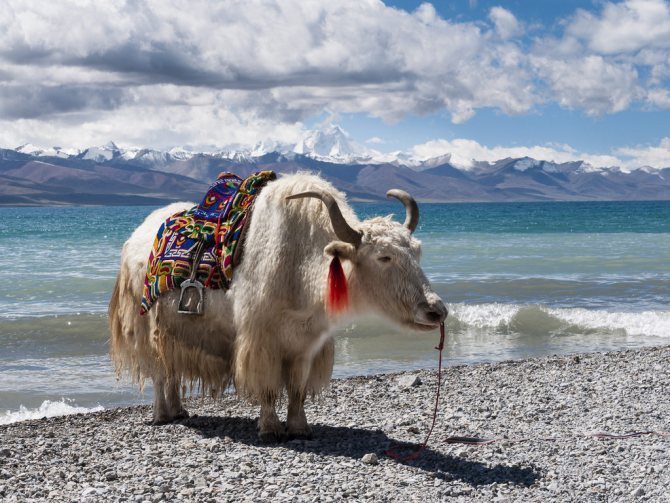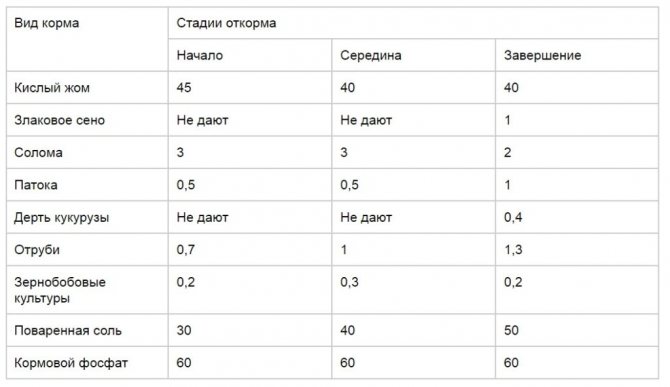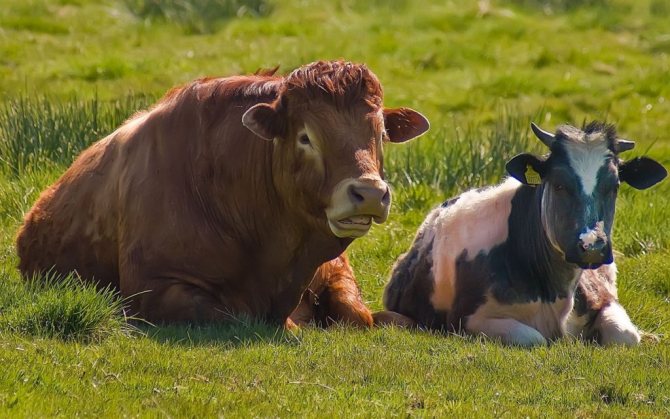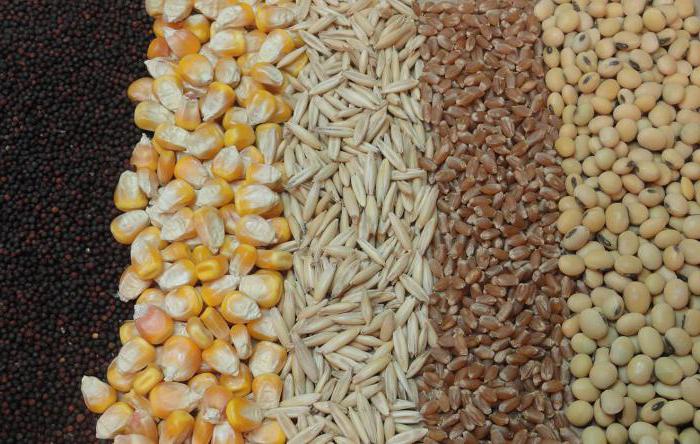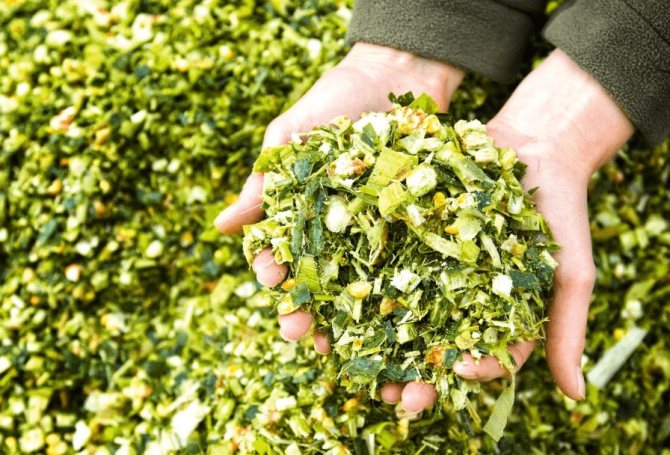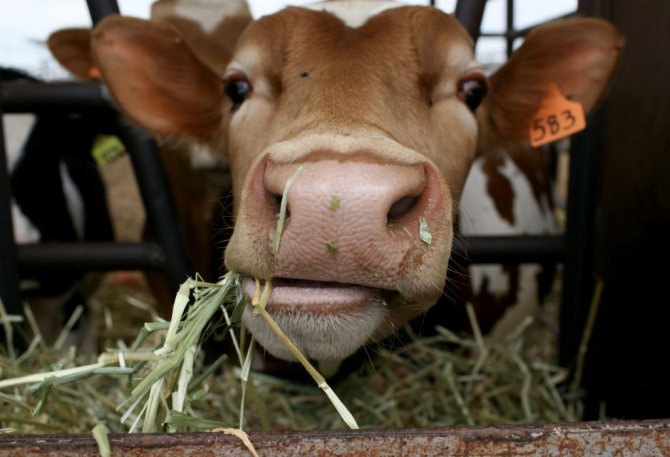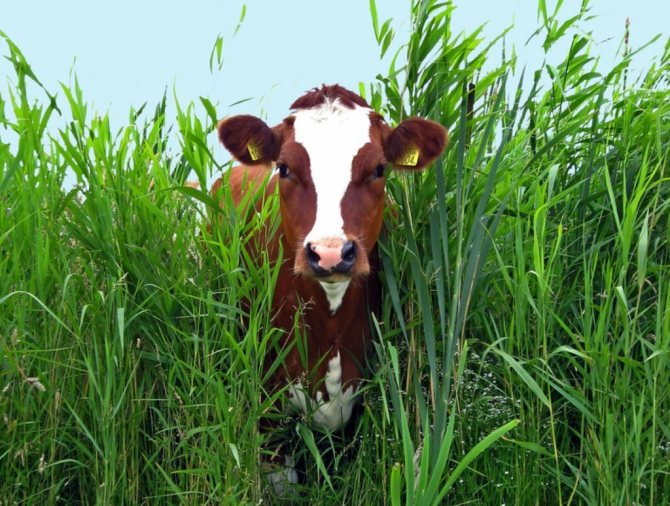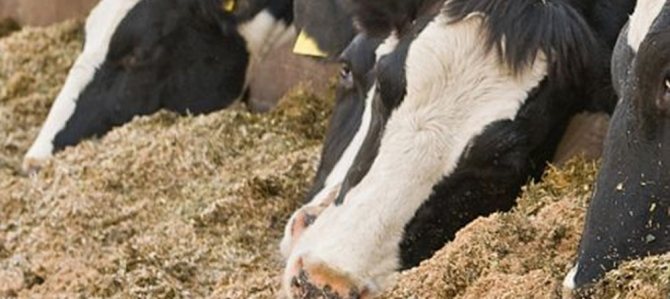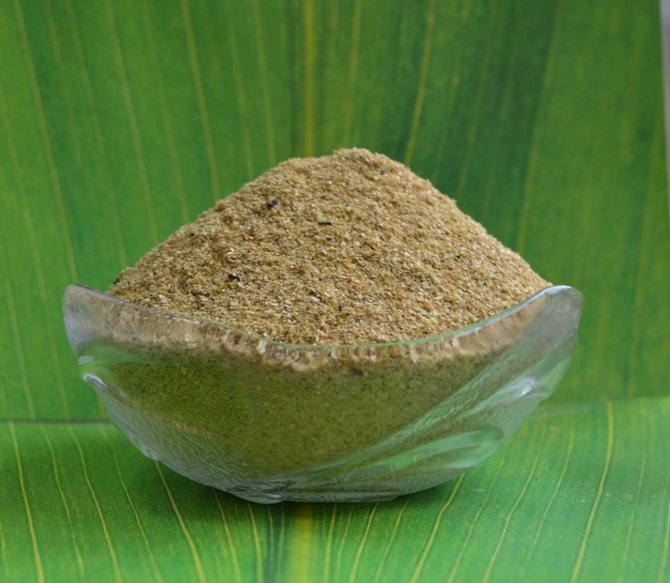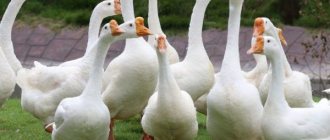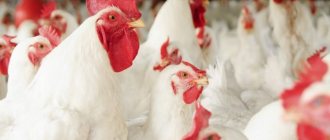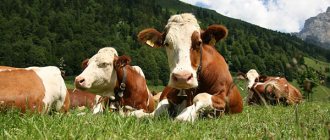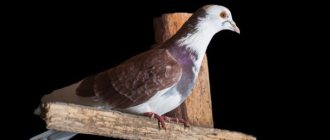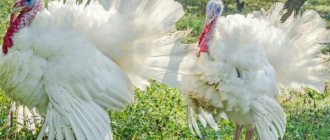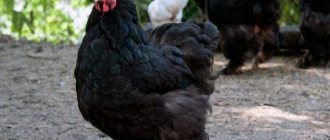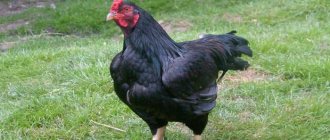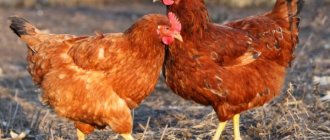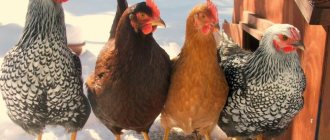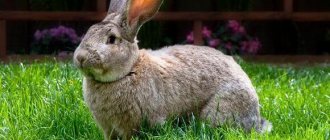Livestock »Cows and bulls
0
5914
Article rating
Cattle care is always a hassle, but remains a lucrative business for the farmer. The fattening of bulls requires special attention, because the well-being of the livestock depends on the nutrition of the livestock. The most effective way to optimize farm performance is to plan and select the ration for each type of cow ahead of time.
Fattening gobies for meat
How to fatten a bull in a short time? The fattening of cattle with vitamins occurs according to a certain scheme, adhering to which the farmer will be sure of the rapid weight gain of the young bull.
Where to start raising bulls
First of all, you need to choose a place for acquiring young animals. The best option would be a dairy farm where animals are kept in the required quantity and conditions. You should choose those breeds that are grown in our region. In this way, you can avoid problems with getting used to the climate. The most popular beef breeds of bulls:
- devonic;
- Russian komoloy;
- shorthorn;
- Galovese;
- hereford;
- Aberdeen Angus and others.
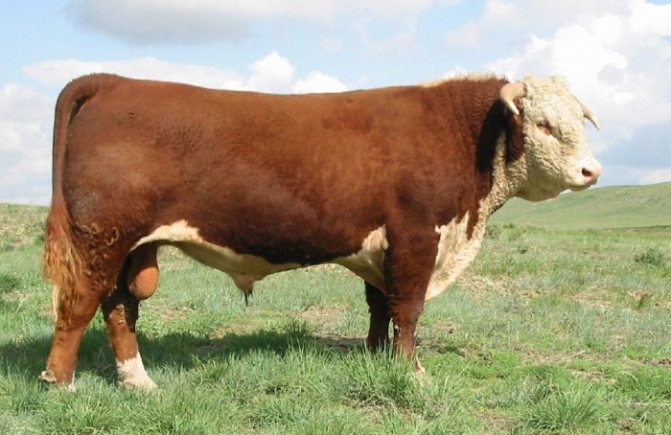
Important! If the livestock is raised for further sale, it is imperative to issue an individual entrepreneur.
Charolais
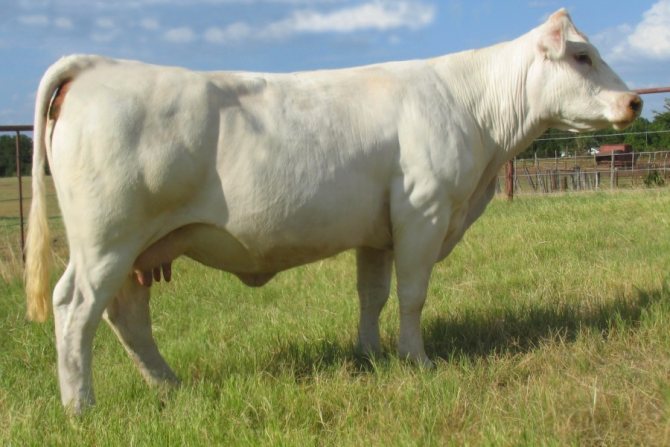

The Charolais breed produces lean meat. Representatives of the Charolais breed are distinguished by a beautiful physique. An adult can be large, growing up to 700-1200 kg. Charolais cows are usually white. Charolais breeding bulls are used to improve other species.
Advantages:
- High meat and milk productivity.
- Early maturity.
- Possibility of long-term operation of bulls and cows on the farm.
- Unpretentiousness.
Among the disadvantages of the Charolais cows:
- Genetic pathologies that affect the exterior of cattle.
- Cows cannot calve without human help.
Goby feeding diet
To fatten livestock in a short time, it is necessary to think over the diet to the smallest detail. So the weight gain will be more efficient and dynamic. The diet is compiled from two weeks of young animals at home. It should include the following components:
- hay;
- roots;
- vitamins and probiotics;
- dry grass harvested from the summer.
This is with regard to the winter diet. In the summer, everything is the same, only the dried components must be replaced with fresh ones.
Is this a profitable business?
Of course, you won't get rich from the first day, in order to get a good profit, you should invest in a business. If there is a private sector where you can build a barn, this is good, otherwise you will have to buy a small plot, build a house for the bulls.
Next, you should carry out the following manipulations:
| Tasks | Expenses |
| Set up a barn | Feeders, drinkers, cover. |
| Purchase young bulls or calves | The cost of one bull is from 5 thousand rubles to 20 thousand, it all depends on the breed. 10 calves will cost about 100,000 rubles. |
| Buy feed for the first time | At a cost, it will come out about 50 thousand rubles for 6 months in advance. |
| Arrange a corral and stalls | 50,000 rubles |
| Purchase of the necessary inventory | 80,000 rubles |
In total, approximately 280,000 thousand rubles will be released, possibly more, and possibly less. We will also calculate the time spent:
| Costs | Amount |
| Wages for hired workers 2-3 | 40,000 rubles for 30 days |
| Periodic calls to veterinarians | 20,000 rubles for 30 days |
| Land lease | 10,000 rubles for 30 days |
Gobies can be slaughtered when the live weight is approximately 500-600 kg, the animal reaches this weight by 20 months. It is at this age that the bulls reach the desired live weight. The meat yield from one animal ranges from 60 to 70%.
For example, a goby weighs 450 kg (not very large), 270 kg of meat will come out of it. A kilogram of veal costs an average of 300 rubles. It turns out that from one not large bull, you get 81 thousand rubles. If you multiply this figure by the number of livestock, then a very impressive amount will come out for meat pulp. You can also implement other parts of the body:
- head;
- hooves;
- internal organs;
- tail.
This will still bring a small profit. Thus, the business will fully pay off in a year. And after 3 years, the business will be launched. If the meat will be delivered to large outlets, registration of activities and passing of quality control of meat products will be required.
The video below talks about feeding the bulls at home and the costs that will be required to feed the bulls for meat:
Feeding features
The process of raising gobies can be divided into the following stages:
- Preparation. The preparatory stage consists in the use of a significant amount of food by young animals. The diet is saturated with components such as hay, silage, and straw.
- The main stage. In this period, everything is the same as in the preparation stage. It is imperative to control that the young are fed 3 times a day.
- The final stage. Its essence is to saturate the diet of gobies with concentrates, natural, granular feed. During this period, the young are already experiencing less need for food.
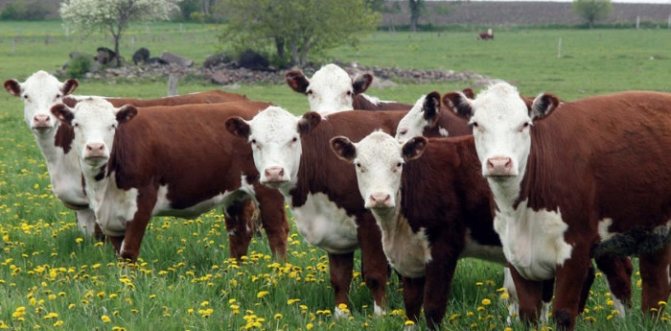

Important! For the normal development of calves, it is necessary to start giving portions in the minimum amount, gradually increasing the dose.
If all the feeding rules are followed, then the bull will rapidly gain weight. Within 1 year, it will increase by at least 7 kg.
Kholmogory dairy cows
The appearance of the Kholmogory cows resembles the Dutch breed. However, there are distinctive features:
- strong, harmonious physique with wide bones;
- the head is small with a narrow muzzle;
- medium-sized udder with proportionally developed lobes;
- the sacrum is raised, the rear is wide.
The color is more often black and white, but sometimes cows are just black or red-and-white, very rarely - red.
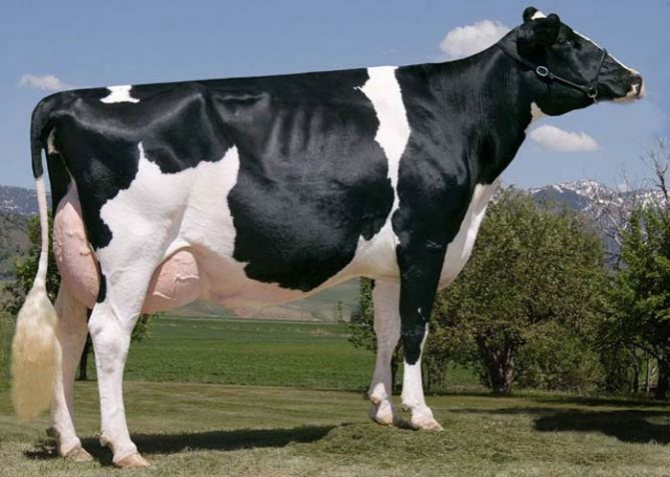

Representatives of the Kholmogory breed do not need special care or diet. Nutrition is similar to that of any type of cattle. The cows are kept in dry and clean stalls, allowing them to walk in the pastures in warm seasons. It is quite difficult to get a lot of quality milk from cows of this breed. On average, one individual per year gives up to 6,000 liters of product with an average fat content of 3.7%.
The advantages of Kholmogory cows are as follows:
- stable immunity to dangerous diseases;
- high quality meat;
- early sexual maturity and good fertility rates;
- adaptability to harsh climates;
- quick distribution.
In Russia, the breed is widespread in the northeastern regions, where animals are not afraid of the harsh climate. In Yakutia, Siberia and even in the Kolyma, cows show good milk yield with poor nutrition.
Feeding methods
Depending on the goal (that is, the desired calf weight), feeding methods are divided into the following types:
- Short. This feeding period lasts no more than 6 months. After this time, the bull reaches up to 400 kg of weight.
- Middle. This option provides for 6-8 months of feeding. The animals are fed a significant amount of food, which will subsequently affect the weight. Such gobies will weigh about 400-450 kg.
- Long lasting.Lasts up to 1.5 years, animals are fed a moderate amount of food. The weight indicator after this time can reach and exceed 500 kg. The peculiarity of this type of feeding is that the meat of these animals is more juicy and fatty, and, accordingly, it is more expensive.
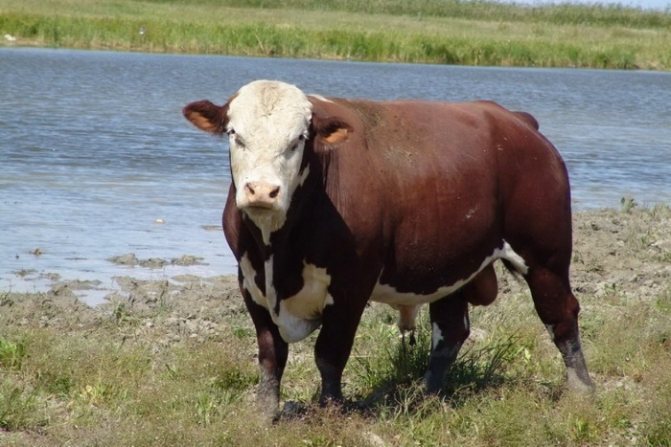

Calves over 1 month old can be released into pasture. But you need to take care in advance that they have access to water and shady places.
You can buy feed, compound feed and feed additives from us:
Feed for cows
Feed and compound feed
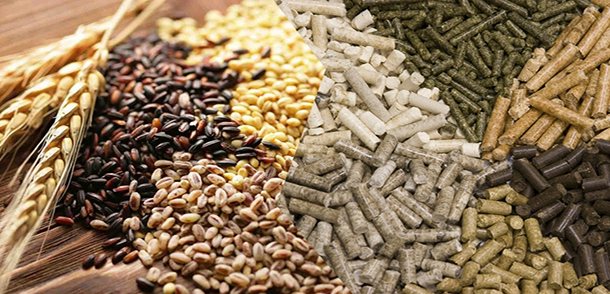

Feed additives
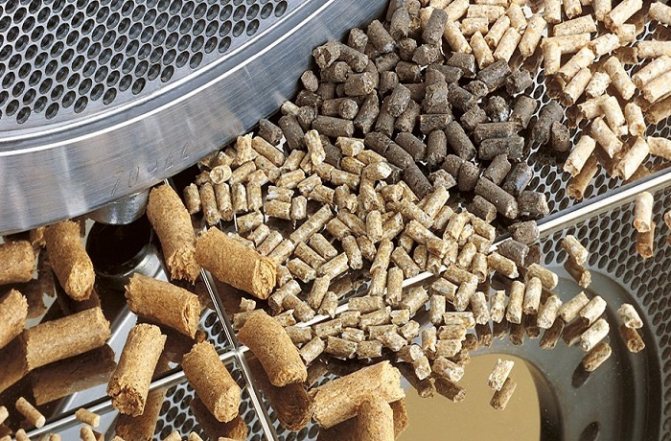

The first six months of a calf's life are characterized by very intensive growth rates, are the period of the formation of the gastrointestinal tract system. Along with milk, grain feed (there are various examples here), vitamins, and other products, bulls should receive the required amount of nutrients and nutrients.
What to feed the bulls: table
The optimal daily allowance for calves is shown in the table:
| Calf age, in months | Grass, hay, kg | Vegetables, kg | Grain, kg |
| 2-5 | 5 | 7 | 0,6 |
| 5-9 | 6 | 8 | 3,5 |
| 10-14 | 7 | 10 | 8 |
| 15-18 | 8 | 13 | 14 |
Important! Care must be taken to ensure that the young do not overeat fresh juicy grass. This can lead to its stagnation in the stomach, which is subsequently fraught with poisoning.
Is castration of calves necessary
Now experts do not have a consensus about the castration of beef calves. If a bull is castrated, it will become calm and peaceful. Accordingly, free-grazing calves will no longer mutilate themselves. Again, a castrated calf has a significant increase in appetite, which young breeders are incredibly happy about.
But seasoned farmers know that the good appetite of a castrated bull does not guarantee the same weight gain. In such calves, energy is more processed into fat mass than into muscles. There is, of course, an option to drive such a bull, but these procedures can lead to weight loss.
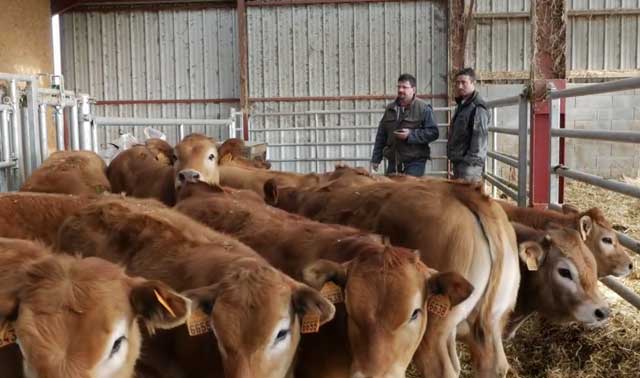

What you definitely can't do is castrate a bull at an early age, you will ruin the calf. Meat breeds are capable of fertilization as early as 6 months, which means that at this time they become more aggressive. But if the bull is castrated at six months, then growth will seriously slow down. Therefore, in order to maintain the ability to gain muscle mass, it is advisable to castrate bulls not earlier than a year.
Rules for caring for a bull during the feeding period
In addition to drawing up a competent diet, it is necessary to provide the right conditions for young animals for fattening. They include the following requirements:
- Regular veterinary examinations, as well as timely vaccinations.
- If symptoms of an infectious disease appear in at least one bull, it is required to show it to the veterinarian and start treatment. Also, this animal should not be in a common stall, it must be isolated to prevent an epidemic of the entire livestock.
- Start grazing in the morning only after the morning dew has subsided.
- Provide sufficient lighting in the stall, ventilation, optimal air temperature (at least 10 degrees Celsius).
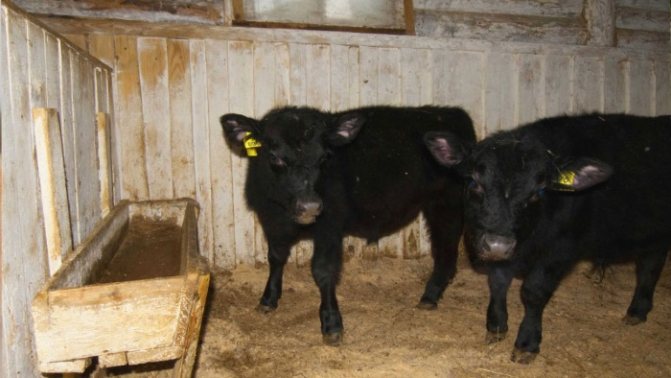

If we talk about the castration of bulls, then it should be borne in mind that this procedure directly affects the quality of the meat. In castrated animals, metabolic processes begin to change, therefore, the growth of muscle mass slows down, while the growth of adipose tissue increases. As a result, the meat becomes more tender and fatty. If you want to get lean and tougher products, then it is better to refuse the castration procedure.
After 6 months
When the goby is six months old, it is advisable to introduce food industry waste into its diet. Including:
- silage
- pulp
- beer grains
- potato pulp
When carrying out fattening, beans and cereals contribute to a gain in mass. Preference should be given to their leaves. They contain fiber, which is important for digestion. They contain more nutrients, vitamins, trace elements and minerals.
After 7 months, the proportion of dry or fresh grass gradually increases.The amount of roughage, stillage, bagasse is growing. It is useful to include in the diet up to 4 kilograms of beets per day to increase the productivity of building muscle mass. They also increase the amount of phosphorus and salt, up to 40 g per day. It is useful to include 20 g of chalk in the daily diet.
Advantages and disadvantages of breeding bulls at home
This type of farming activity has its advantages and disadvantages. The positive aspects include:
- a significant number of options for selling finished products: friends, acquaintances, cafes, restaurants, shops;
- small financial investments at the first stage of rearing, especially if there is already an equipped place for keeping young animals;
- the ability to independently control the growth and development of bulls;
- all costs quickly pay off, you can also get a good profit and provide a family with high quality meat products for a long period of time.
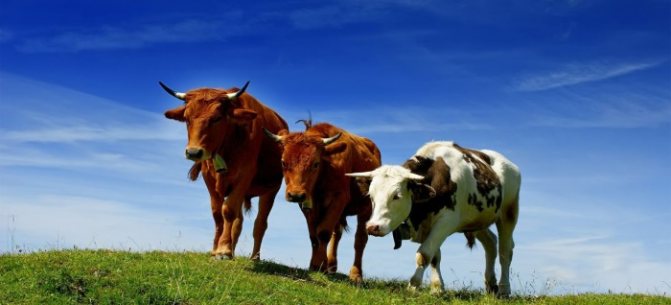

As for the disadvantages of raising gobies on your own, you will need to attract labor from outside. With a large number of young animals, 1 person cannot cope. It is also necessary to take into account the high competition in the farmers' market, but there is always a demand for meat.
Raising beef gobies as a business is gaining momentum in popularity among modern farmers. This is a fairly lucrative business. But to get quality meat, you need to follow the rules of feeding and care.
Farm arrangement
Raising gobies is a great option for rural residents looking for things to do at home to generate additional income. But in order to realize such an idea, it is necessary to equip special rooms for keeping animals. Building a farm will cost you a pretty penny, so it is much more convenient to rent a ready-made livestock complex. If you are serious about your search for premises, you can pick up a very profitable option that does not require you to make serious financial investments.
Since such a business is highly profitable, all the expenses for the repair and reconstruction of the abandoned premises will return with interest. Over time, when the farm begins to generate a normal income, you can build your own premises. It will cost you 250-300 thousand rubles. To understand in more detail with the arrangement of the farm, a video of raising gobies for meat will help you.
Another important point that should not be overlooked is the purchase of equipment and inventory. At first, you can do without buying expensive equipment, but over time, if you plan to develop your business, you will have to buy a mini-tractor, which costs 220 thousand rubles and a refrigerator - 1.2 million rubles. In addition, you will need automatic feeders and drinkers. Experts recommend not to skimp on the quality of equipment and its functionality, since you buy equipment for more than one year, so you must be sure of its durability.

